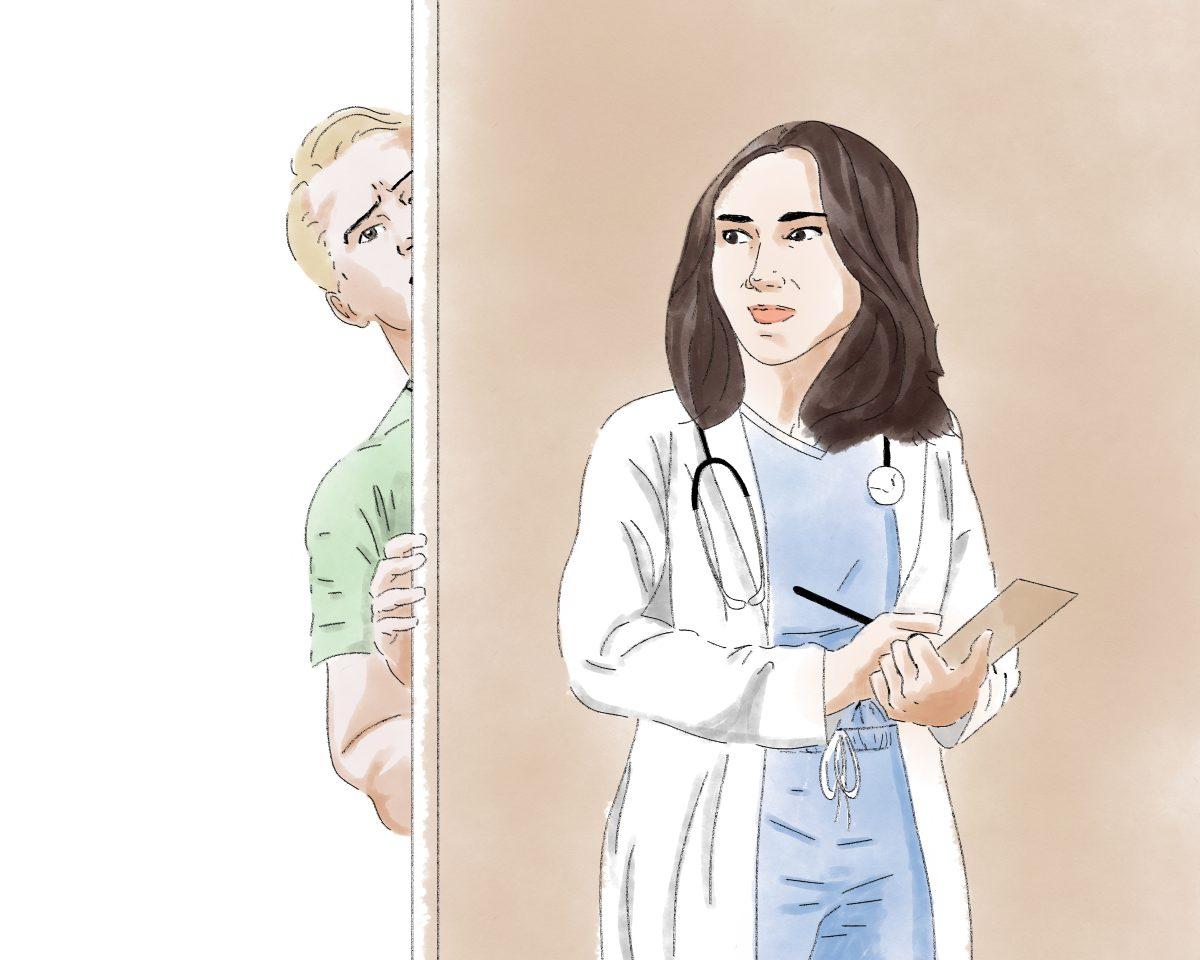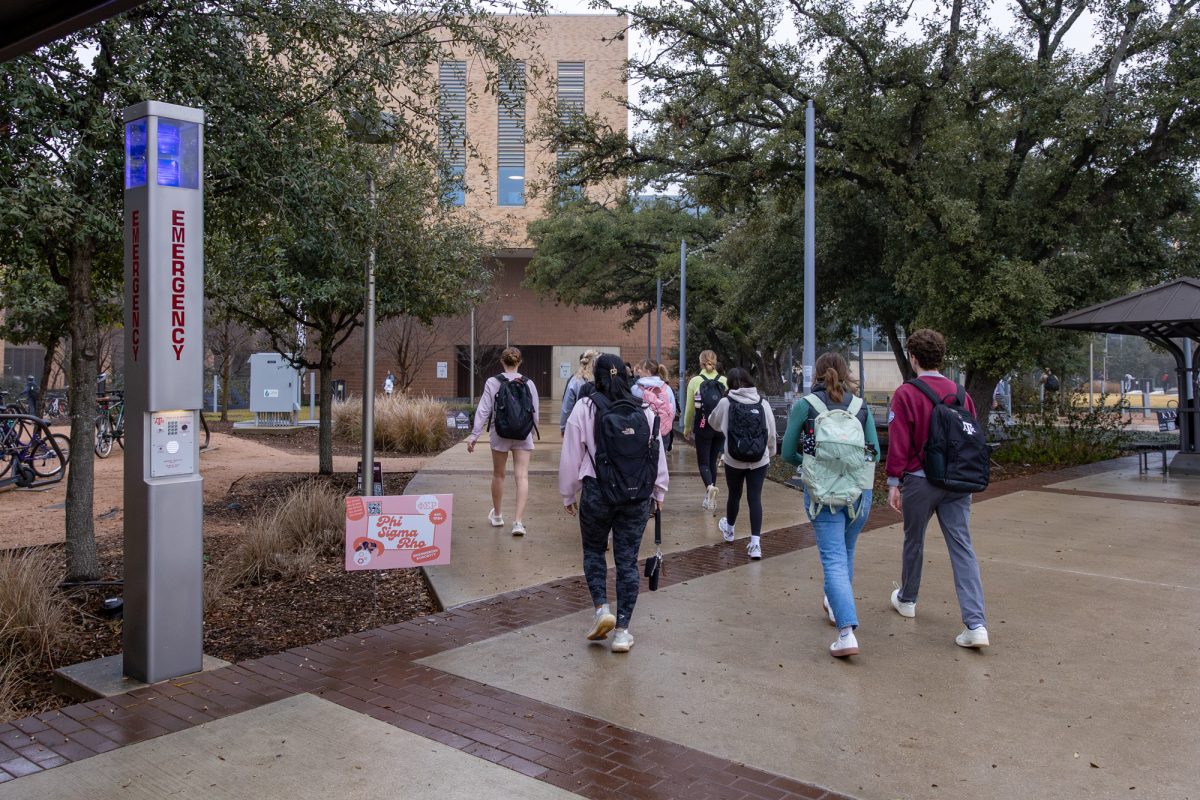During our first full week of medical school, I and my fellow classmates at Texas A&M learned how to take patients’ vitals, check their temperature, blood oxygen saturation levels, heart rates, respiratory rates and blood pressures. We listened to brachial arteries and watched pressure monitors shift as we expanded the cuffs around our friends’ arms until their pulses disappeared. We released the valves until their pulses returned. Then, we waited, slowly removing pumped air from the sphygmomanometers until their pulse disappeared again, a sign of smooth, laminar blood flow. The pressure of the cuff at pulse audibility and pulse disappearance should ideally be less than 120 mmHg and 80 mmHg, respectively.
However, we were informed that oftentimes an otherwise healthy individual can appear to have hypertension, or high blood pressure. This is the result of an extremely common phenomenon: white coat syndrome.
White coat syndrome is a diagnosis for unexplained elevations in blood pressure and abnormal presentations in other medical examinations due to a fear of physical evaluation. It is the clinical presentation of a larger concern: a general nervousness towards medical care, which, in extreme cases, is known as iatrophobia.
While temporary hypertension is a negligible effect of medical nervousness, one that can be disproven with repeat testing, fear of care can often control the frequency of routine general wellness physician visits.
Now, time for some math.
Roughly one in three Americans avoid going to the doctor. This statistic also includes those who neglect medical care for financial as well as physical reasons, the numbers suggest a general trepidation towards seeking clinical evaluation.
Further, one 2014 study collected a large cohort of 1,468 subjects who attested to neglecting medical care, even when necessary. Of these recruits, 456, or 31%, had an “unfavorable evaluation of seeking medical care,” including fear of clinical practice and diagnosis.
Going to the doctor can be scary. However, there is a reason healthy individuals are recommended to receive a general wellness check every three years. It is better to be aware and treated for any illnesses than to neglect your body until it’s too late.
Over the past few years, there has been a growing shift from interventional medical treatment to preventive care. Even as medical students, we are taught the importance of prevention over treatment in our first few weeks of class. This shift in American medicine is one that changes the perspective from disease seeking to disease avoidance. However, such attempts to halt the progression or onset of pervasive illnesses, including diabetes and cardiovascular disease, are most effective with regular medical evaluation.
“I’m that woman who starts worrying about her doctor’s appointments two weeks before her scheduled visit,” Columnist Elizabeth Wellington wrote for the Philadelphia Inquirer. “I sucked it up and made all of my appointments … I went to see my gynecologist who ordered a sonogram to check on my growing fibroids. They are still growing, but I’m OK.”
Regular observation of normal physical changes can provide reassurance of health, and, ultimately, peace of mind that you, too, are OK.
There is a need for large improvements within the healthcare system to create more sustainable options for those who avoid medical treatment in the absence of financial incentives, and minimize misdiagnosis and malpractice.
However, for those who have the privilege of access to medical care, remember that illness is a natural course of life, even though it can be difficult to accept upon diagnosis. It is understandable to continuously evade the mental and physical burdens of confronting your health. However, finding symptom relief, early diagnosis, or even normal results, as with Wellington, can have an immense impact on your life and your future.
Maya Pimentel is an EnMed medical student and opinion writer for The Battalion.
Opinion: Should I see a doctor?
October 2, 2022
0
Donate to The Battalion
$810
$3500
Contributed
Our Goal
Your donation will support the student journalists of Texas A&M University - College Station. Your contribution will allow us to purchase equipment and cover our annual website hosting costs, in addition to paying freelance staffers for their work, travel costs for coverage and more!
More to Discover
















